Exocrine glands can be classified into a variety of categories in terms of their structure They can be categorized according to the shape of their secretory unit Secretory units shaped as a tube are referred to as tubular, whereas spherical units are referred to as alveolar or acinar, when the pancreas is involved Exocrine glands can also be comprised of both tubular and alveolar secretoryView videos describing the histological features of all the exocrine glands eg histology or the pancreas Exocrine Glands Introduction and Learning Overview, A Unicellular Gland, Classification of Glands, Mucous and Serous Secretory Units, Simple Straight Tubular Glands, Simple Coiled Tubular Glands, Simple Acinar Glands, Simple BranchedCovers body surface, lines body cavities, lines external/internal organs avascular ( no blood vessels) Functions of Epithelial Tissue protection, secretion, excretion, absorption, filtration, sensation basement membrane anchors an epithelium to the connective tissues Simple Epithelia only one layer of cells
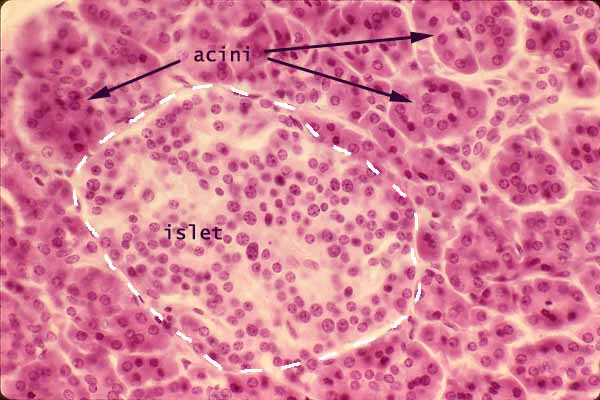
Histology At Siu
Exocrine glands histology labeled
Exocrine glands histology labeled-As in salivary glands, intercalated ductal cells in the pancreas contribute bicarbonate ions (sodium and water follow passively) to the exocrine secretory product However, unlike salivary glands, there are no striated ducts in the pancreas to recover sodium, so the final product is rich in both sodium and bicarbonate (as opposed to saliva inLab 2 Endocrine Anatomy & Histology Reading LABPAQ Endocrine System pages 1434 Objectives 1 To identify the major endocrine glands and tissues of the body 2 To identify the histology of the major endocrine glands and relate their structure to their function Identify the major endocrine glands and tissues of the body 3
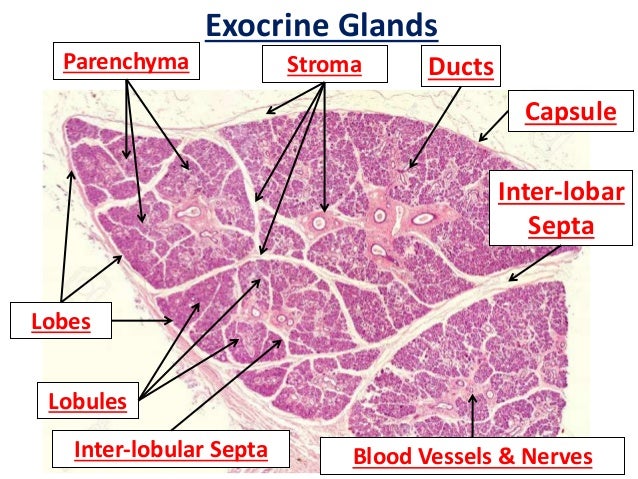



Glands Histology
Please, try to identify the following histology slides of exocrine and endocrine glands – #1 Parotid salivary gland histology slide #2 Submandibular salivary gland slide #3 Sublingual gland histology slide #4 Mammary gland histology slide #5 Pituitary histology slide #6 Thyroid gland histology slide #7 Adrenal gland microscope slide Duodenum histology slide labeled diagram In this part of the article, I will show you the duodenum histology slide labeled diagram again so that you may summarize it well The pictures showed the longitudinal section of a duodenum, where you will find almost every structureThis video "Exocrine Glands" is part of the Lecturio course "Histology" WATCH the complete course on http//lecturio/exocrineglands LEARN ABOUT What is
Basic anatomy of exocrine glands and lymphatic organs The average exocrine gland contains simple cuboidal epithelia ← that form grapeshaped or tubeshaped structures called acini Liquids secreted by the cells of acini enter a duct, which can be made of a simple cuboidal epithelium or simple columnar epithelium ←Describe the histology of the exocrine glands of the Pancreas The exocrine glands of the Pancreas are composed of 3 different cell types and each has a specific function 1 Acinar Cells These cells secrete Zymogen Granules full of digestive enzymes when stimulated and are arranged inIntroduction At the histological level the pancreas is made up of compound glands in "bunch of grapes" fashion The pancreas has an exocrine and endocrine component The exocrine compnent is demonstrated above in 3D with acini in "cluster of grapes" formation subtended by a duct Courtesy Ashley Davidoff MD a06
The sweat glands are simple tubular exocrine glands that are found in the superficial hypodermis bordering on the dermis They discharge their contents onto the surface of the skin via coiled secretory ducts (see the diagram opposite)Keratinization covering of dry, tough material that prevents water from passing non keratinization epithelial remains moist and soft glandular epithelium specialized cells that produce and secrete substances exocrine glands secretes products into ducts that open onto surfaces sweat glands endocrine glandsSerous acini Dense, basophilic, PAS intracytoplasmic secretory granules containing amylase Have central lumen that is rarely visible by H&E Mucinous / mucous acini
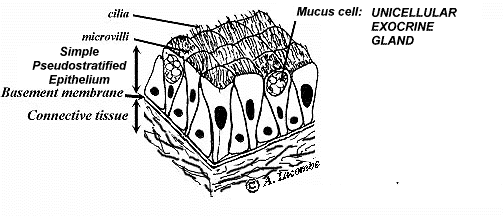



Al S Tutorial Histology Epithelium Glandular Epithelia



Skin The Histology Guide
Exocrine glands with ductal and acinar portions Acinar portion is serous, mucinous or mixed Acini are lined by luminal cells, which are enclosed by myoepithelial cells; Classifications of Exocrine Glands Based on numbers of cell Unicellular Multicellular Goblet Cell 12 Multicellular Exocrine Glands 1 Based on branching pattern of ducts Simple No Branching Compound Branched 13 Multicellular Exocrine Glands 2 Based on Shape of Secretory End Piece Tubular Alveolar / Acinar Tubulo alveolar 14Endocrine System Histology Pineal Gland Pineal Gland Brain Sand surrounded by Pinealocytes Low Magnification High Magnification Pituitary Gland Anterior Lobe Posterior Lobe Anterior Lobe of Pituitary Gland Posterior Lobe of Pituitary Gland Thyroid Gland and Parathyroid Gland
:background_color(FFFFFF):format(jpeg)/images/library/3778/mNlBYB0eHlYXptgna1cnQ_Sweat_glands.png)



Sweat Glands Structure And Function Kenhub




Exocrine Pancreas Google Search Pancreas Histology Slides Endocrine System
Anatomy app by Dr Ashwani Kumar http//bitly/ashwaniappSerous, Mucous and Seromucous Glands videos for NEET PGA comprehensive account of the anatomy and histophysiology of the ecdysial glands of Philosamia ricini during post embryonic development has been given The study clearly indicates an increase in number of cells in each larval instar by endomitosis The maximum number of4 rows The exocrine component of the pancreas makes up about 98% of the pancreatic tissue It is




Gastrointestinal Tract Pancreas Histology Embryology




Glands Histology
Figure 51 Basic anatomy of an exocrine gland Basic anatomy of exocrine glands and lymphatic organs The average exocrine gland is composed of simple cuboidal epithelial cells that form grapeshaped structures called acini (although other glands have tubeshaped ends) These grapeshaped structures are where secretions are producedComparisons of current secretion and transport models in the mammary gland, exocrine pancreas and salivary gland indicate that significant differences exist between the mammary gland and other exocrine organs in how proteins and lipids are packaged and secreted, and how fluid is transported Mammary Glands, Human / anatomy & histology




Epithelial Glands Basicmedical Key




Epithelial Tissues Exocrine Glands Quiz Digital Histology



Study Notes



Blue Histology Epithelia And Glands




Exocrine Glands Of The Integumentary System Youtube



Kgmu Org



Study Notes




Histology Of Pancreas Youtube




General Histology Knowledge Amboss



Blue Histology Epithelia And Glands



Oral The Histology Guide



Skin The Histology Guide




Sebaceous Glands An Overview Sciencedirect Topics



Blue Histology Epithelia And Glands



Animal Tissues Epithelial Tissue Glands Atlas Of Plant And Animal Histology




Histology Of The Pancreas Endocrine And Exocrine Youtube
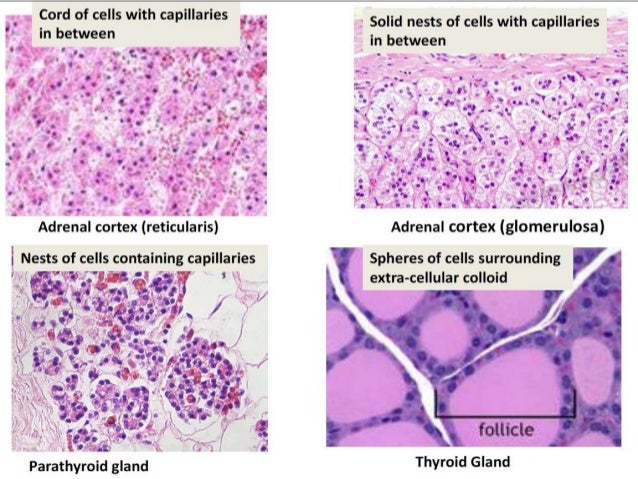



Glands Histology
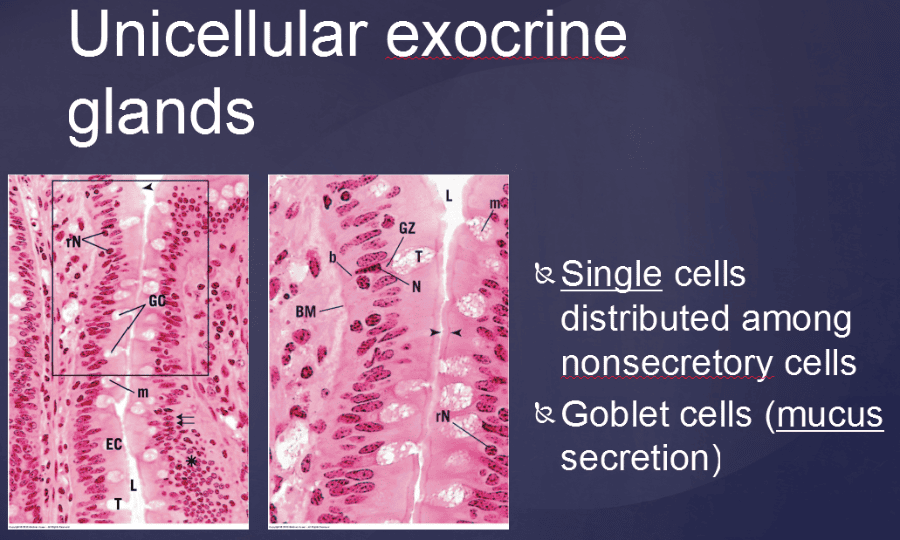



Print Vertibrate Histology Test 1 Flashcards Easy Notecards



Pancreatic Histology Exocrine Tissue
:background_color(FFFFFF):format(jpeg)/images/library/2471/shYLtWdYUjK3qRvwMzK4Q_Compound_tuboalveolar_mixed_salicary_gland.png)



Glands Anatomy And Clinical Notes Kenhub



Basic Histology Short Columnar Epithelium Exocrine Glands




Anat2241 Glandular Epithelia Embryology



1




Lacrimal Gland Histopathology H E Staining Of A Normal Lacrimal Gland Download Scientific Diagram




Morphology Of Salivary And Lacrimal Glands Intechopen



Chapter 15 Page 4 Histologyolm 4 0




Tubular Gland Wikipedia




Tubular Gland An Overview Sciencedirect Topics



Chapter 15 Page 7 Histologyolm 4 0
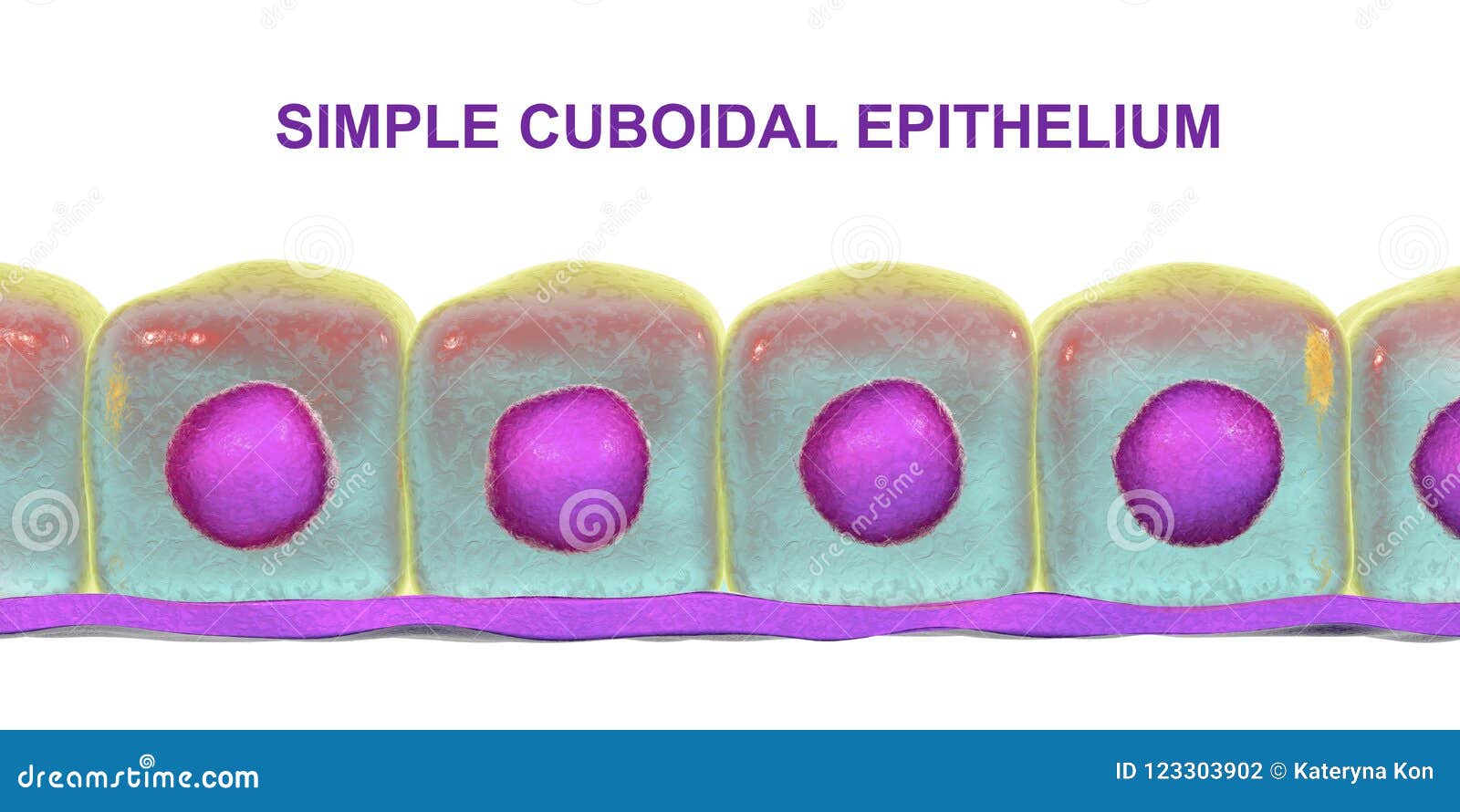



Simple Cuboidal Epithelium Stock Illustration Illustration Of Cell



Blue Histology Epithelia And Glands




Histology At Siu




Epithelia The Histology Guide
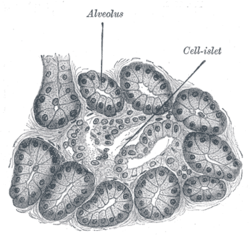



Acinus Wikipedia




Picture Test In Histology Of The Endocrine Glands Youtube




Glandular Tissue The Histology Guide



Exercise 4 Epithelium



Chapter 15 Page 5 Histologyolm 4 0




Pancreas Histology Pancreas Labels Histology Slide Medical School Studying Histology Slides Medical Education
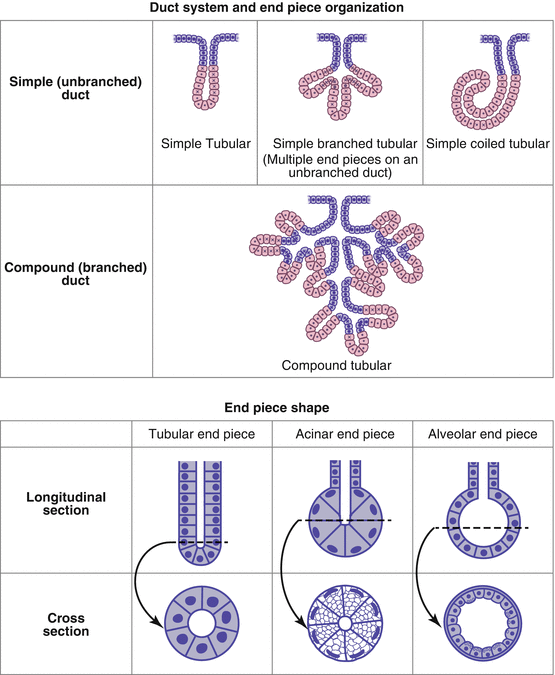



Glandular Epithelium And Glands Springerlink



Biology 2404 Tissues
:background_color(FFFFFF):format(jpeg)/images/library/2472/r3yQf6wxyufP1joSAhl7eg_Mixed_seromucous_glands.png)



Glands Anatomy And Clinical Notes Kenhub
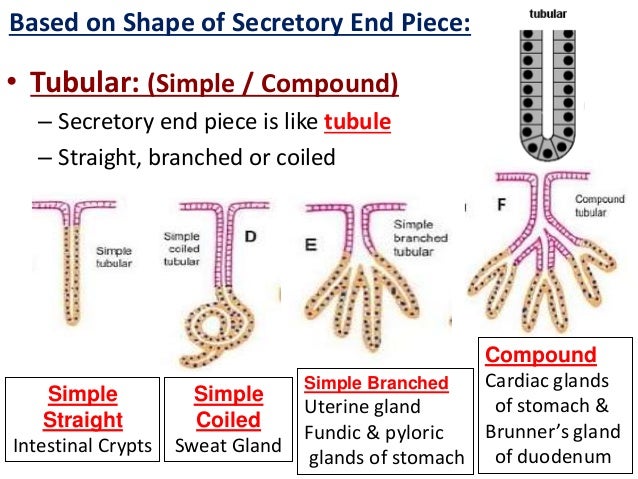



Glands Histology




Intercalated Duct An Overview Sciencedirect Topics




Holocrine Wikipedia



Submandibular Gland




Epithelia The Histology Guide




Endocrine
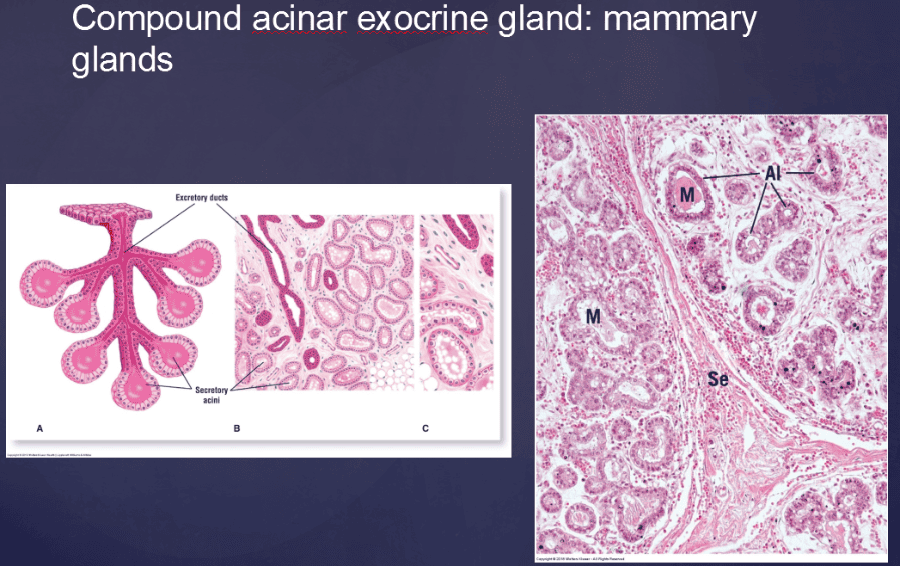



Print Vertibrate Histology Test 1 Flashcards Easy Notecards




Lab 6 Urinary Exocrine And Endocrine Histology




Pin On Histology Slides




Mammary Gland Histology Lactating And Non Lactating Histological Characteristics Anatomylearner The Place To Learn Veterinary Anatomy Online




Glandular Epithelium




Pin By Dany Levy On Biology Medicine Histology Slides Medical Coding Pancreas




Histology Endocrine Glands Images Stock Photos Vectors Shutterstock



Pancreatic Histology Exocrine Tissue



Chapter 15 Page 7 Histologyolm 4 0




Salivary Gland An Overview Sciencedirect Topics
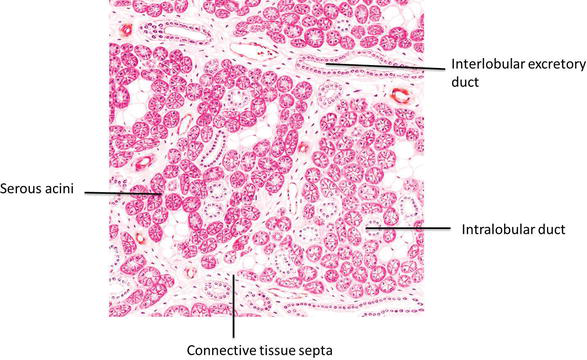



Salivary Glands Intechopen




Lab 6 Urinary Exocrine And Endocrine Histology




Lab 6 Urinary Exocrine And Endocrine Histology



Animal Tissues Epithelial Tissue Glands Atlas Of Plant And Animal Histology




Microscope Slides Of Cells And Tissues Histology Guide




Exocrine Gland Wikipedia



Skin Lab




Lab 6 Urinary Exocrine And Endocrine Histology




Animal Tissues Epithelium Salivary Gland Atlas Of Plant And Animal Histology




Salivary Gland An Overview Sciencedirect Topics




File Pancreas Histology 002 Jpg Embryology




Electron Micrograph Of Part Of A Serous Acinus In A Parotid Gland



Liver And Pancreas




Glandular Epithelium And Glands Springerlink



Sweat Gland Wikipedia
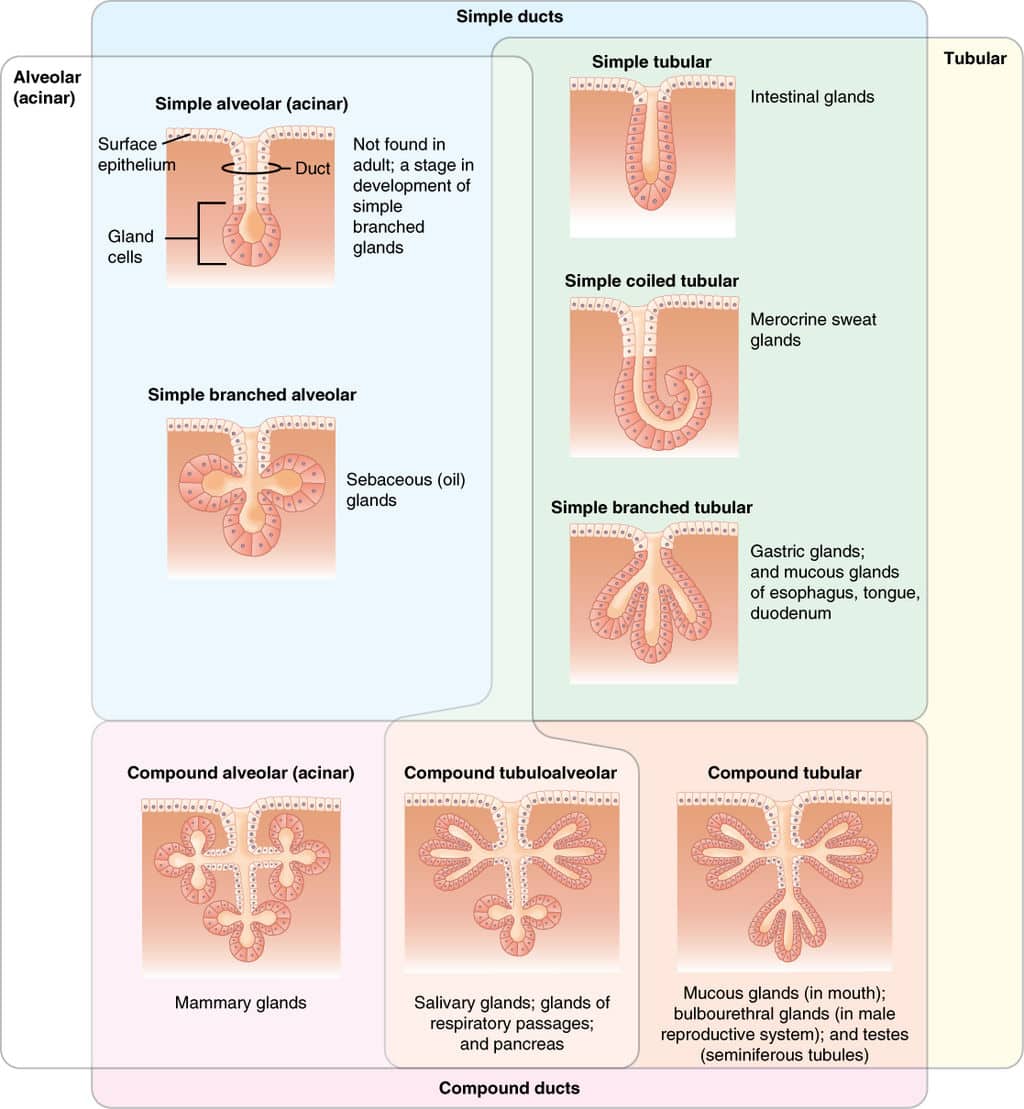



Structure Of Glands Exocrine Endocrine Histology Teachmephysiology




Salivary Gland An Overview Sciencedirect Topics



Submandibular Gland




Tubular Gland An Overview Sciencedirect Topics




Pathology Outlines Anatomy Histology



Kgmu Org
:watermark(/images/watermark_5000_10percent.png,0,0,0):watermark(/images/logo_url.png,-10,-10,0):format(jpeg)/images/overview_image/1881/CPsIC67xuz6pLt6JhAM6Wg_pancreas-histology_english.jpg)



Pancreas Histology Exocrine Endocrine Parts Function Kenhub



Blue Histology Epithelia And Glands




Gastrointestinal Tract Pancreas Histology Embryology




Salivary Gland Histology Parotid Submandibular And Sublingual Glands Structure Anatomylearner The Place To Learn Veterinary Anatomy Online
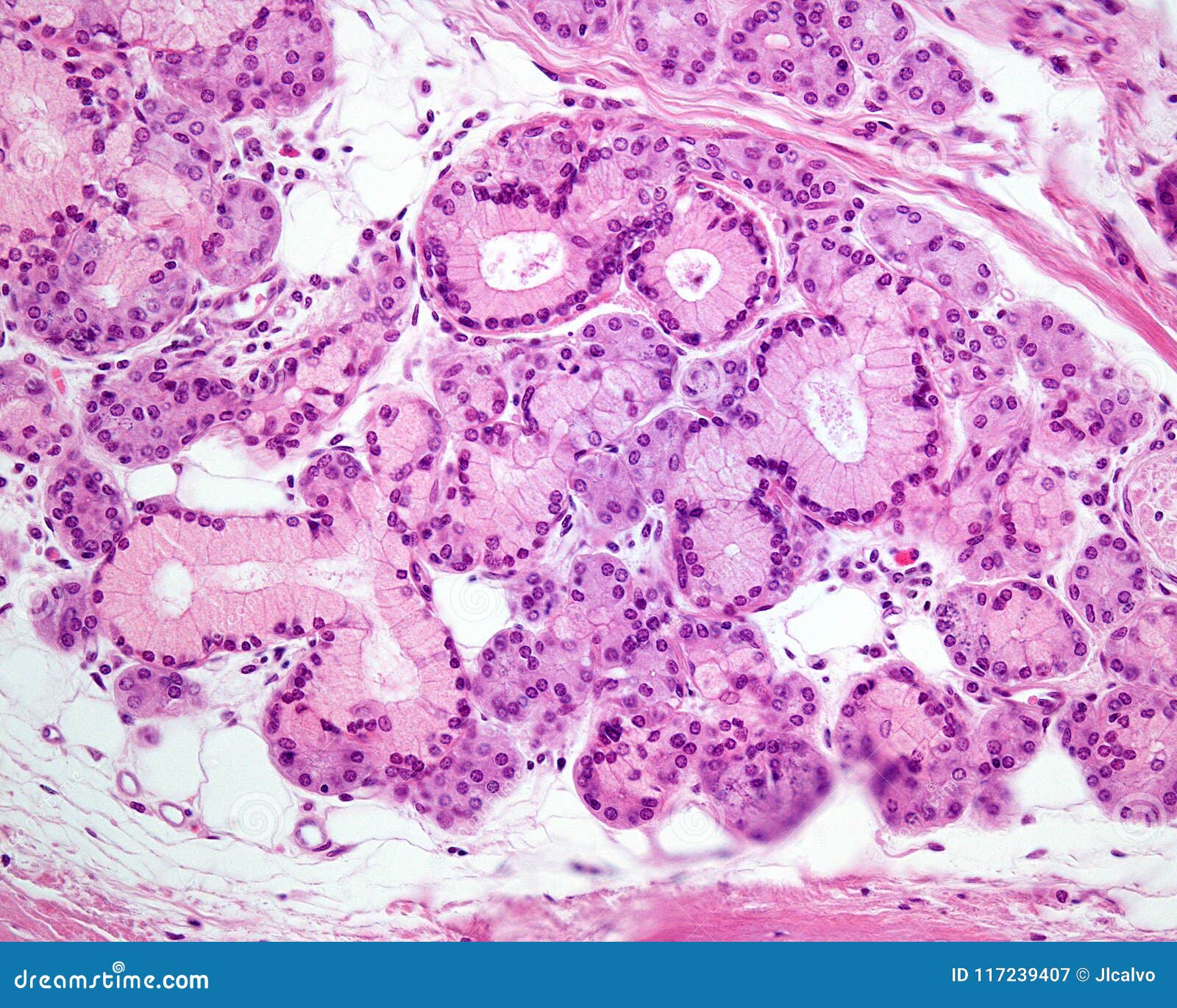



Mixed Exocrine Gland Stock Image Image Of Histology
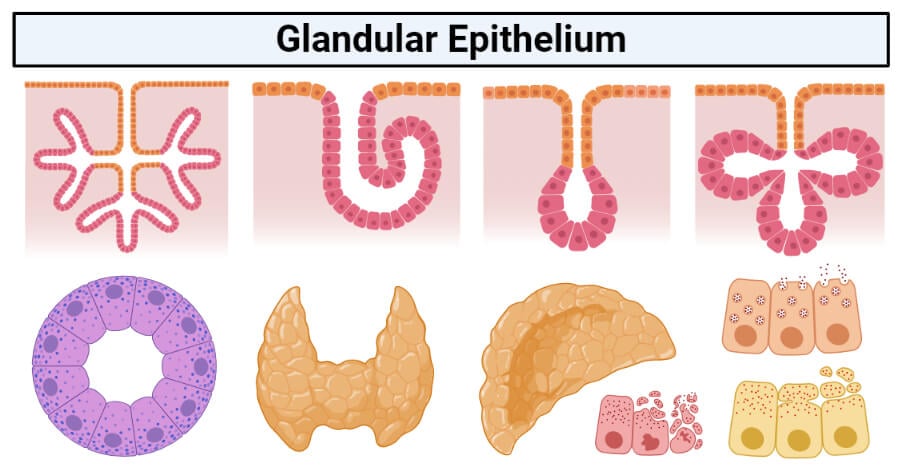



Glandular Epithelium Definition Structure Functions Examples



Pancreatic Histology Exocrine Tissue



Chapter 15 Page 4 Histologyolm 4 0




Light Micrograph Of A Resting Mammary Gland At Higher Magnification




Pancreas Histology Identifying Features With Labeled Slide Images Anatomylearner The Place To Learn Veterinary Anatomy Online
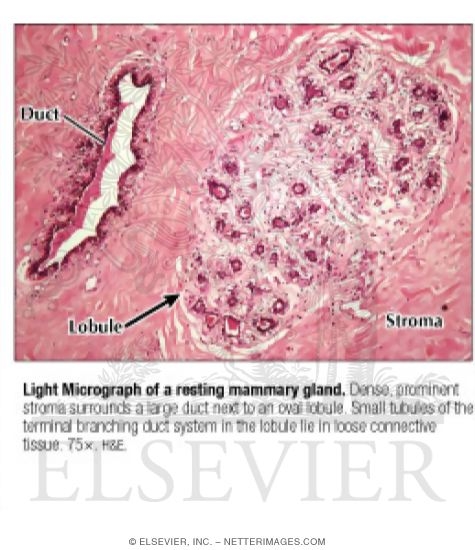



Light Micrograph Of A Resting Mammary Gland




Pathology Outlines Anatomy Histology



Skin The Histology Guide



Epithelia The Histology Guide
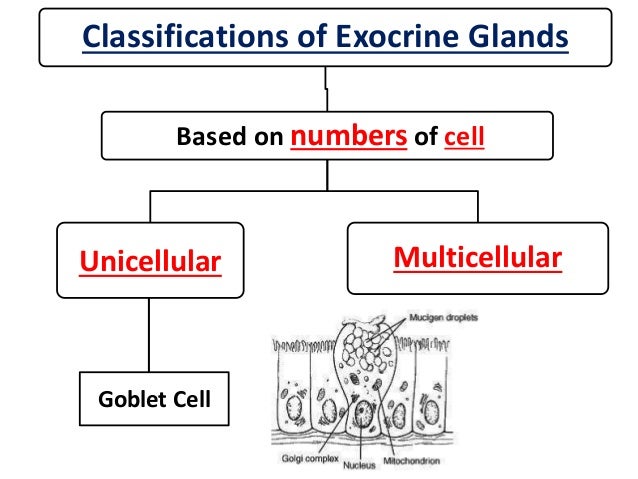



Glands Histology




Sweat Glands Preview Histology Function Human Anatomy Kenhub Youtube



Parotid Gland




Morphology Of Salivary And Lacrimal Glands Intechopen



Parotid Gland



0 件のコメント:
コメントを投稿